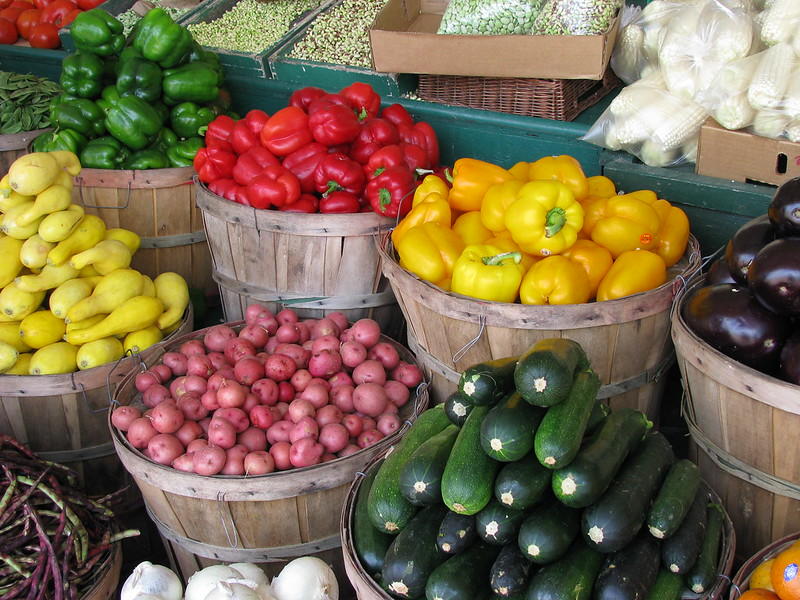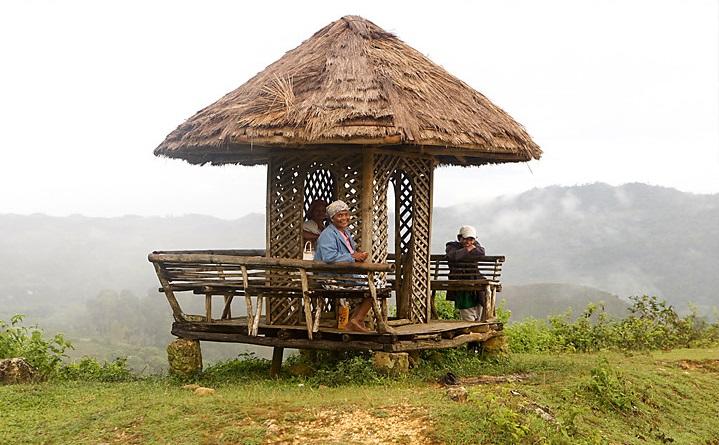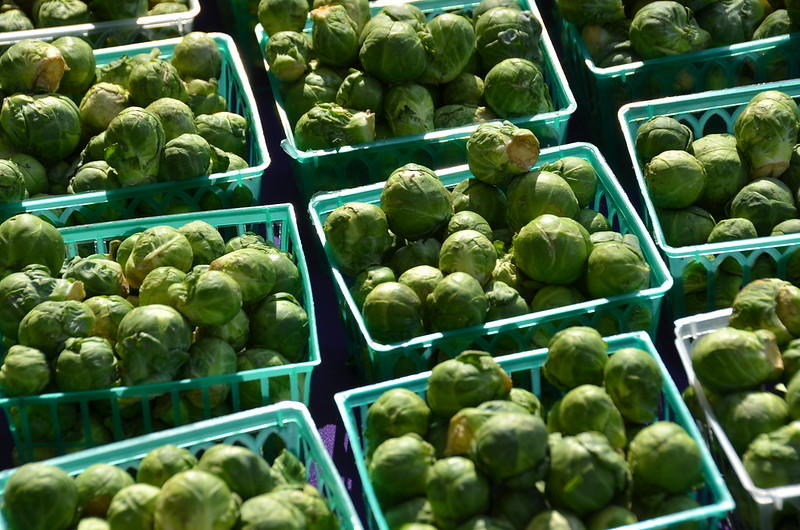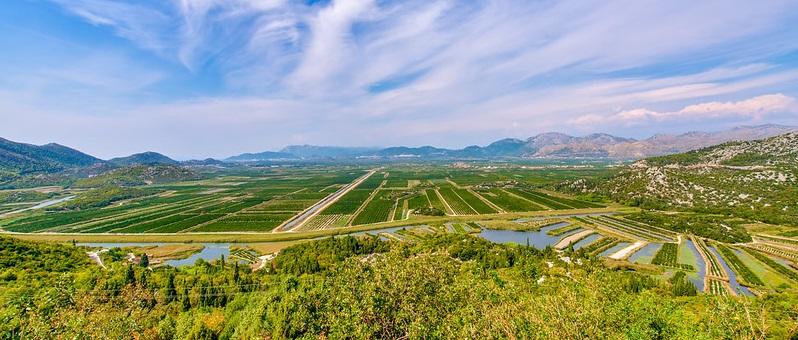You might have heard about the recent kerfuffle surrounding Jeremy Clarkson's proposed restaurant opening at his Diddly Squat farm.
Mr Clarkson maintains that having a restaurant attached to a (formerly) working farm would enhance farming and bring tourists to the area. The West Oxfordshire District Council turned down his application, stating that the proposal was contrary to the Cotswolds Area of Outstanding Natural Beauty, or AONB.
You might think this is a petty dispute between a former showman with a vision and an obstinate government but the issue has much broader ramifications.
Under England's Agricultural Act of 2020, the proposed eatery constitutes a violation of the Environmental Land Management Scheme, a programme of three components that dictates how farms are managed and subsidized.
It's not just England that has such exacting standards; each nation has its own scheme for land management and subsidy distribution.
| How farms are subsidized |
|---|
| In England: primarily according to the Environmental Land Management Scheme |
| Scotland will continue to follow the EU's Common Agriculture Policy until 2024. |
| In Wales: through the Sustainable Land Management Policy frameword |
| In Northern Ireland: the UK Agriculture Act of 2020 provides subsidy funds and grants the appropriate government department the authority to disburse subsidies. |
Let's explore each country's proposals to understand how farmers are expected to practise their stewardship and what compensation they receive for meeting those standards.

Why Farmers Receive Subsidies
Often, people wonder why farmers have to be subsidized. They work the land and/or their herds, sell their products and, thus, derive their income. Why do they need government money?
Because farmers do so much more than toil away at the land and husbandry.

The last 100 years or so have wrought terrible damages to our natural environment. Felling trees and clearing land for industry, roads and housing has led to dramatic soil erosion. Poor farming practices have depleted the earth of essential minerals and nutrients plants need to grow and over-grazed pastures have left hectares of land barren.
Sure, non-governmental organisations or NGOs work to remedy these problems; they garner all of the headlines. But it's farmers who, through their practices, do the bulk of remediation. In fact, NGOs pay farmers subsidies for this work.
Bringing products to market is only a small part of farmers' workload and, when it comes down to it, often doesn't bring in enough to sustain their enterprise. But that's not why the governments pay farmers subsidies; it's because they are working for the public good.
Unlike any other entrepreneur who brings a new product to market - a product that we may or may not have use for but most likely don't need to survive, farmers cultivate our food, protect wildlife diversity and our water supplies, and manage natural habitats. And that's besides restoring drained wetlands, peat bogs and planting trees, all of which are considered long-term conservation projects.
Why shouldn't they receive compensation for all that vital work?
The entrepreneur's focus versus the farmers': that disparity forms the dispute between Jeremy Clarkson and the West Oxfordshire District Council. He was looking for alternatives to subsidies; the Council steers towards remediation and sustainability.
England's Agriculture Act
Among the UK nations, England has developed the most extensive post-Brexit subsidy schemes for the agricultural sector. It's grounded in the 'Public money for public goods' principle, a belief embraced by the farming community as well as government officials; one that enjoys overwhelming public support.
It's called the Environmental Land Management Scheme; a three-pronged approach to recovery, conservation and sustainability.
- The Sustainable Farming Incentive pays farmers subsidies for going beyond the current legal requirements to practise water-usage efficiency, promote wildlife diversity and manage grasslands as well as croplands.
- Note that these subsidies are only accessible to current participants of the Basic Payment Scheme or BPS, for now. Starting in 2024, every farmer will be eligible for these funds.
- The Local Nature Recovery Programme pays for work done in support of natural recovery. This work may include restoring and managing natural habitats, and encourages cooperation and collaboration between farmers.
- The pilot programme launches in 2022; depending on its success, it will roll out nationwide the next year.
- The Landscape Recovery Scheme subsidies serve long-term projects such as reforestation and other restoration projects.
- Here, too, a pilot programme will launch in 2022. However, officials estimate that, due to the extensive nature of this subsidy, only farmers with large landholdings will be able to fully participate and benefit.
Officials project that, for this scheme to succeed in reaching the goals it sets out, at least 70% of all farmers will have to participate. They're also planning ahead for how these initiatives and subsidies will affect the economy over the long term.

Scotland's Future Subsidy Schemes
Prior to the UK leaving the EU, farmers (and governments) had to comply with the agricultural subsidy rules the European Union laid out for all of its member-states.
The Common Agriculture Policy or CAP consists of two complementary pillars: direct payment and subsidies for rural development.

Under this programme, farmers receive direct payment monies based on the amount of land they farm. Other conditions, such as 'greening' - essentially rehabilitation, had to be met lest farmers see a reduction in their subsidy amount.
Besides the direct payments, farmers can earn additional subsidies through the rural development initiative, a programme that covers everything from farm improvements to boost production efficiency to managing flood risk and preserving habitats,
The Scottish government has opted to keep these subsidy programmes largely in place for now, while they work with farmers and the public to establish a subsidy scheme that will best suit the Scottish farming community's needs. Also, Scotland's unique ecosystems and environmental concerns must be carefully considered and addressed.
Thus, the National Farmers' Union Scotland has projected a generous timeline for the implementation of new subsidy policies. They've called for the presentation of a new subsidy payment scheme to replace the CAP by 2026.
Calling all farmers, land managers and economists: from your experiences, what are some examples of subsidies? Should subsidies be tied to performance and specific tasks or actions?
Wales' Sustainable Land Management Policy
After England, Wales has the most extensively-developed policies regarding stewardship and subsidies. Their initial plan called for the end of direct payment subsidies to allow the new funding plans to start. However, just as the old payment regime was to be scuppered, the government announced that their Sustainable Farming Scheme would not roll out until 2025.
To ensure a smooth transition to the new subsidy plan, the Welch government keeps in place the current Basic Payment Scheme, along with all of its conditions and requirements. This two-year postponement allows further planning, budgeting and contemplation of what can, must and should be done - and in what order, and the degrees of effort that will merit levels of compensation.
Compensation at current levels is predicated on the availabilities of funds, naturally.
As for what happens beyond 2024: farmers will receive higher subsidies for farming practices that support and benefit the environment. Among the initiatives listed for higher compensation are carbon storage practices, water efficiency and improving soil quality.
As considered as these measures are, there is still concern over whether these changes will work in practice. Land managers in England are equally perturbed, especially about the possible funding gap as one plan is projected to wind down in 2023 while the new subsidy scheme is scheduled to begin in 2025.
Possibly, NGOs could step into that breech - not to subsidize whatever the government has no money for, but perhaps to help government money go farther.
For further studies find past papers economics A levels here on Superprof.

Northern Irish farmers can rest assured of their subsidies until the Northern Ireland Assembly drafts their agricultural policies. Photo credit: Rob.Bertholf on Visualhunt
Northern Ireland's Upcoming Agricultural Policy
Like Wales, Northern Ireland farmers will continue to receive BPS subsidies, but with one major difference: the Northern Irish Department of Agriculture, Environment and Rural Affairs will receive the funds. In turn, they will allocate subsidies to their farmers according to their criteria. This arrangement is scheduled to expire in 2022.
By that time, the Northern Ireland Assembly should have legislation on the books dictating the particulars of their agricultural policy. As of now, little is known about how they plan to structure their subsidies and what their priorities will be with regard to urgency of action - what needs to happen now versus longer-term initiatives.
Amidst the uncertainty, we know a few facts.
The Northern Irish Protocol allows the country's assembly to design programmes for agricultural subsidies but there is a cap on the amount they can allocate each year. Currently, it is set at £382.2 million, roughly equal to their pre-Brexit allocation amount.
For the UK as a whole, little else is known about future subsidy plans, other than what's laid out here. However, we can be sure that the government is committed to the current spending levels to keep farms funded, at least until the next Parliament.
Typically, new Parliaments review spending processes - how much goes to whom and for what; the next Parliamentary inauguration likely won't be any different. Furthermore, a stipulation of the Agriculture Act requires the government to formulate multi-year plans detailing initiatives, subsidies and assistance that the nations' farmers may reasonably be entitled to.
Unfortunately, it falls a bit short of the security and certainty our land managers and farmers had come to expect under the EU's Common Agricultural Policy, whose seven-year plans provided a bit more continuity over the long haul.
Now, discover everything you need to know about subsidies, how they came about and why they're necessary.
















